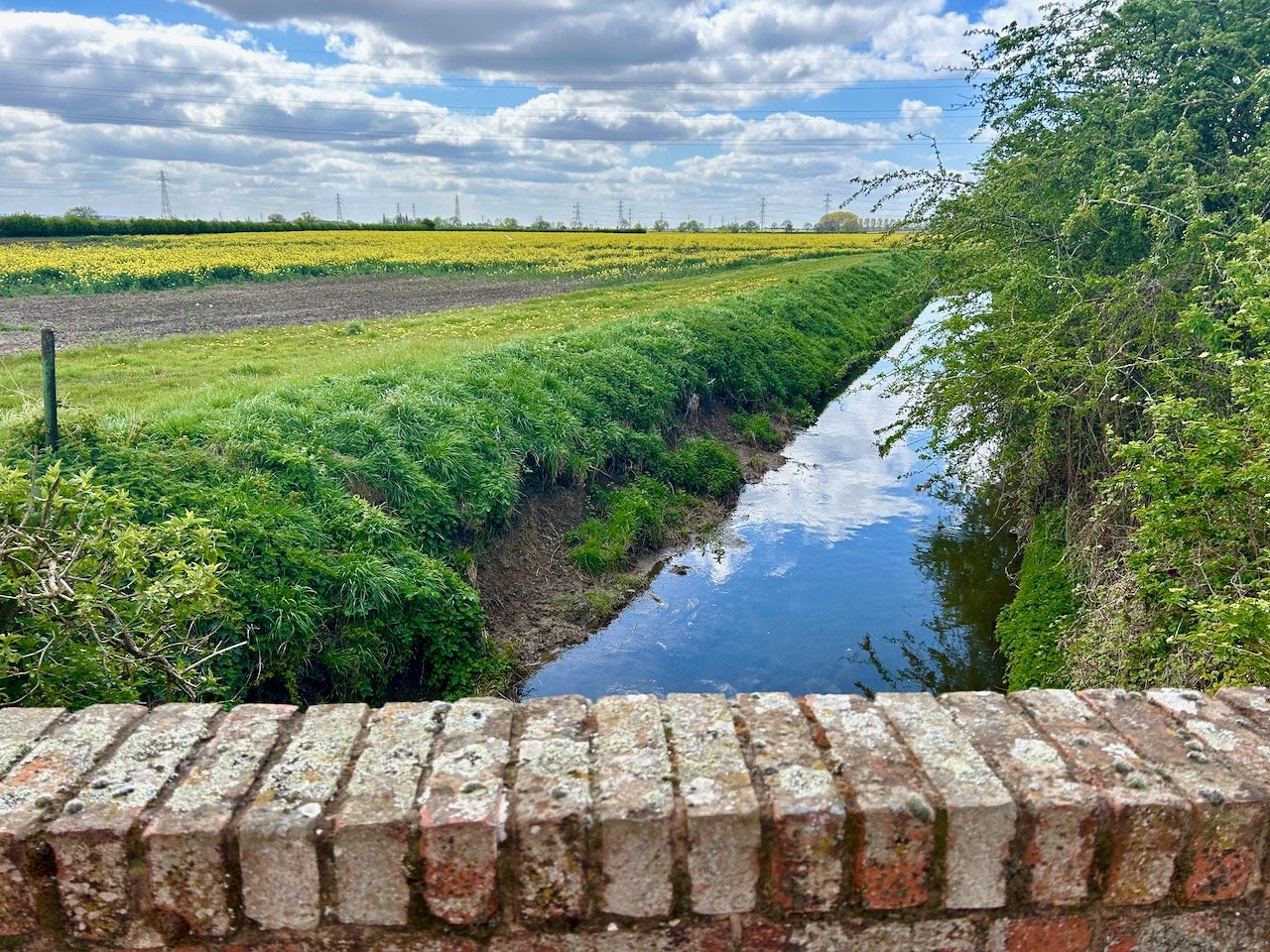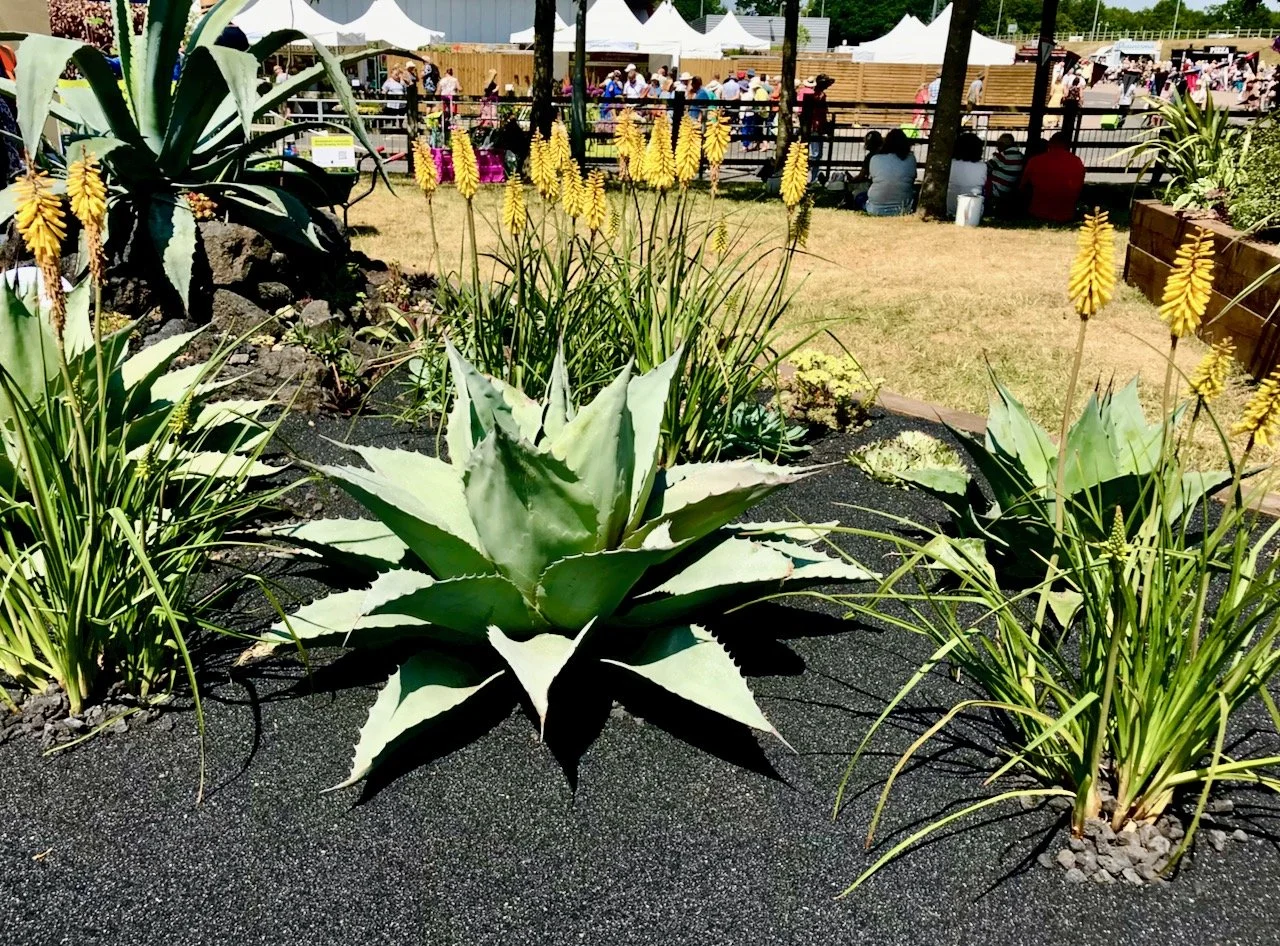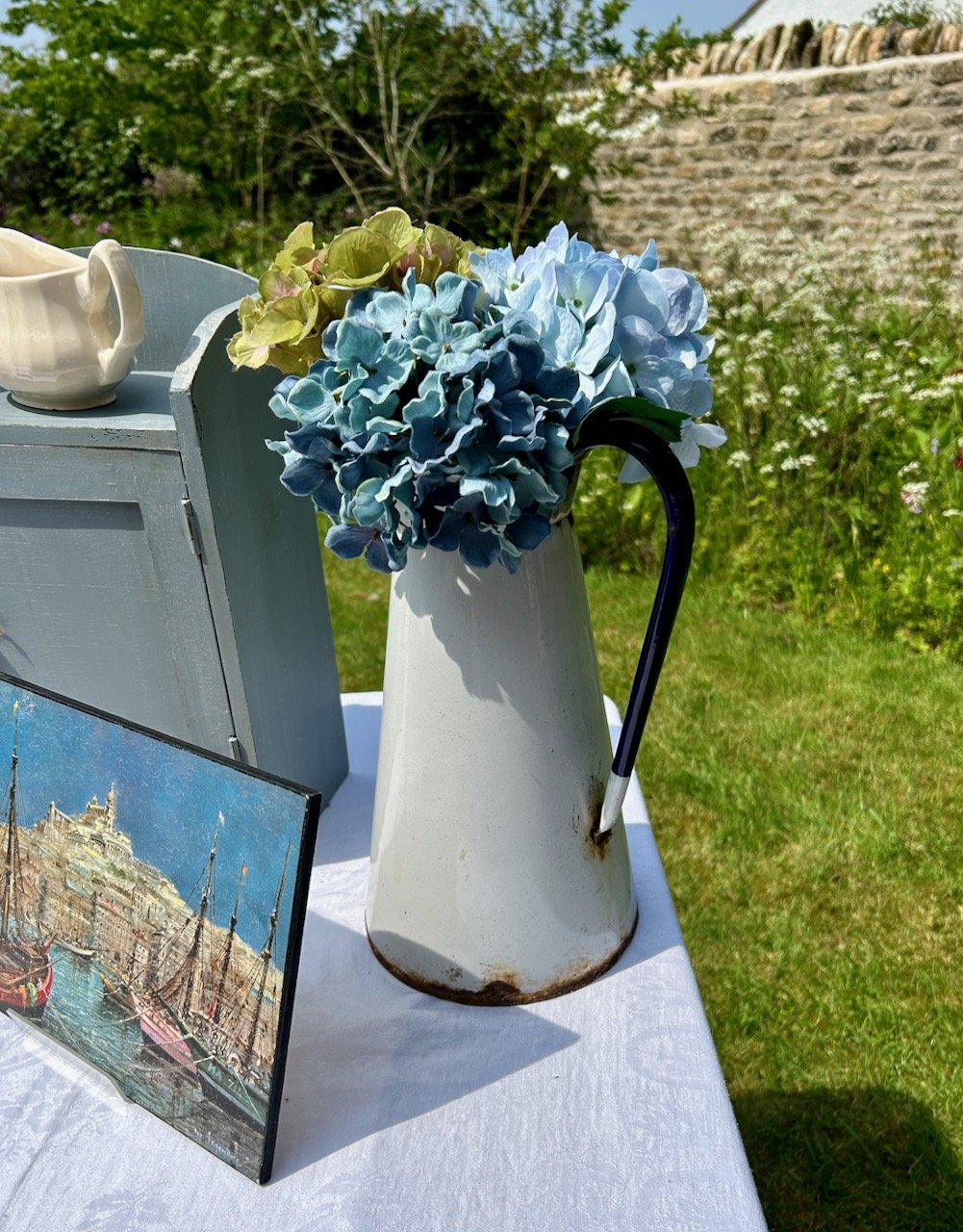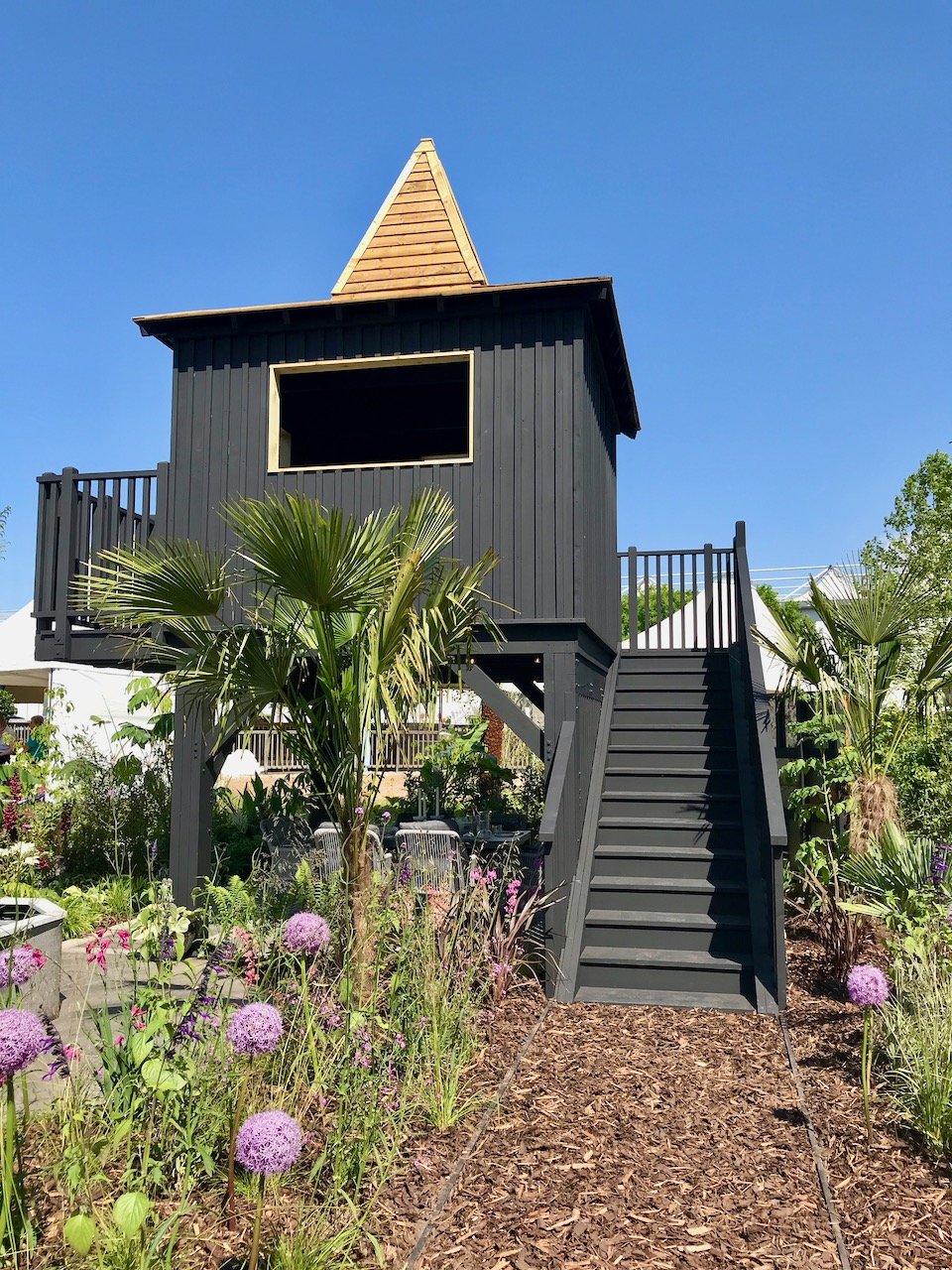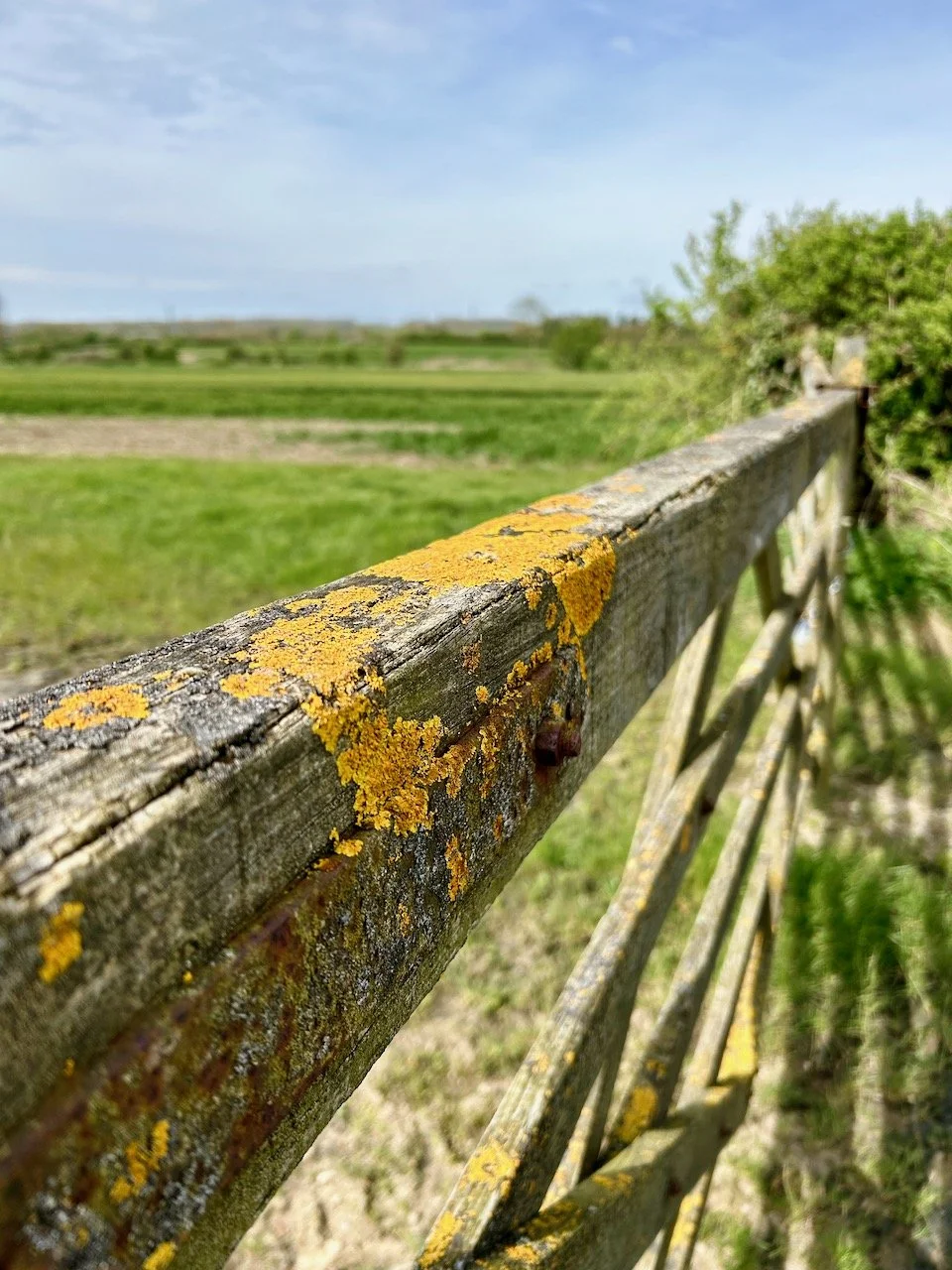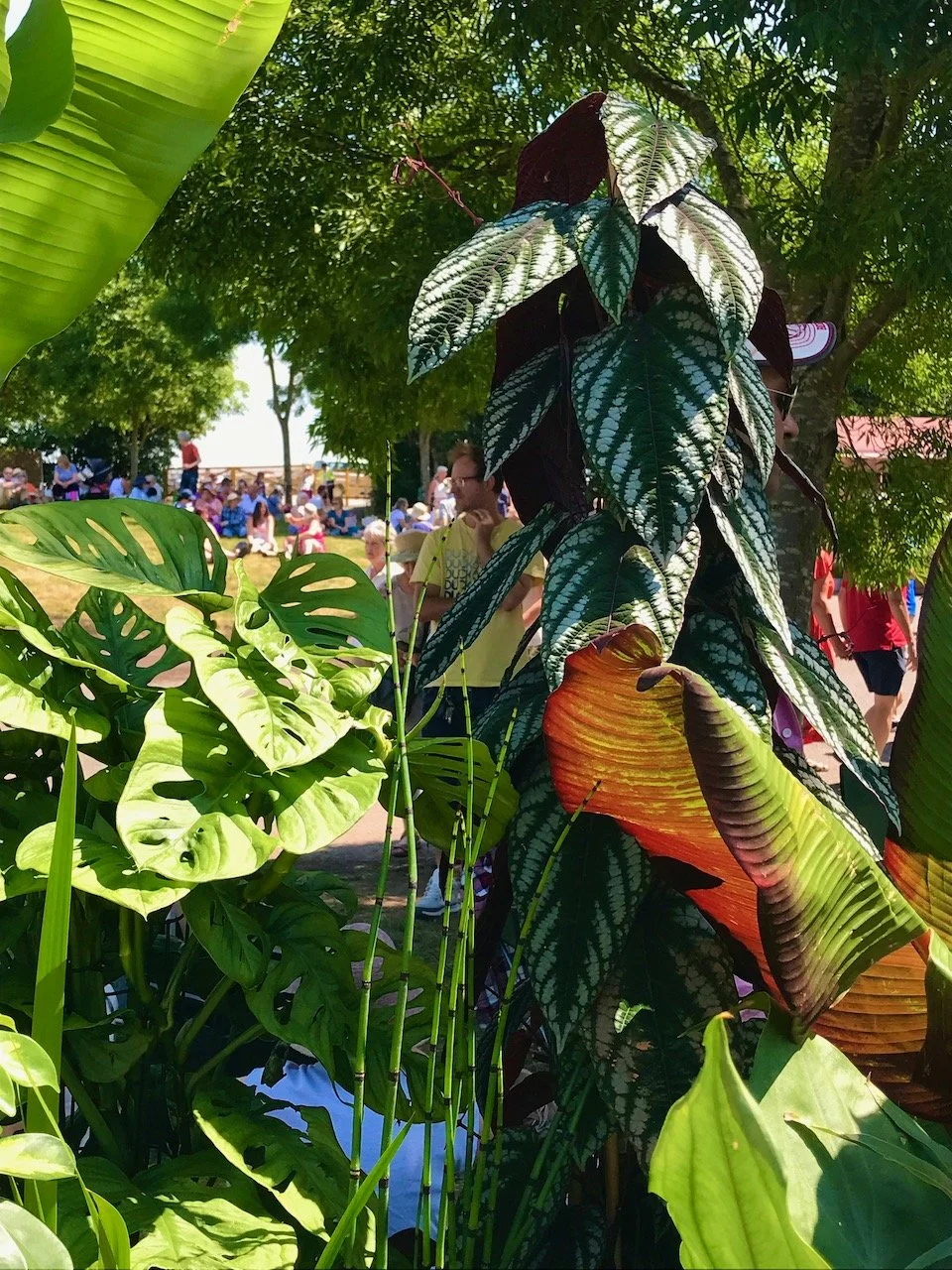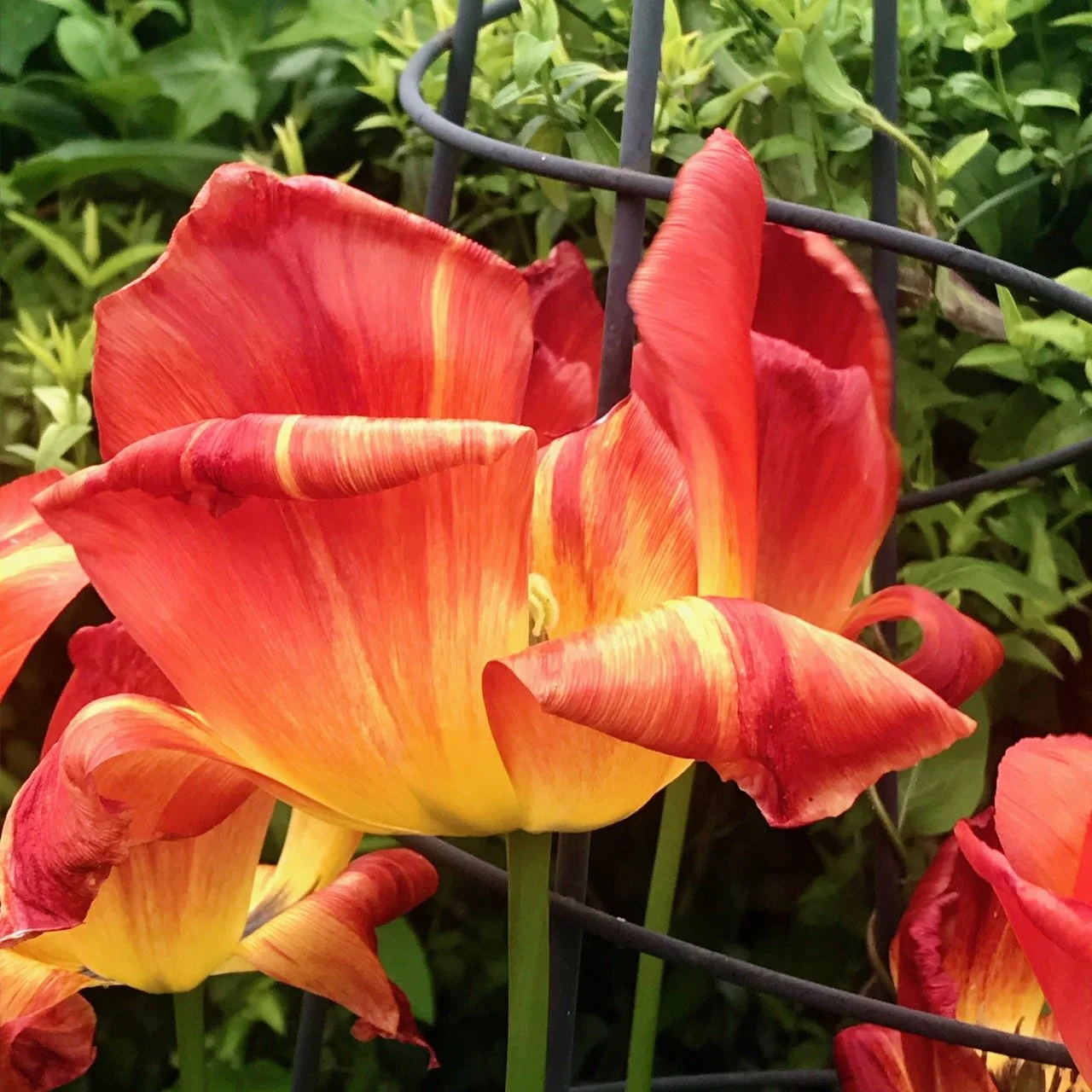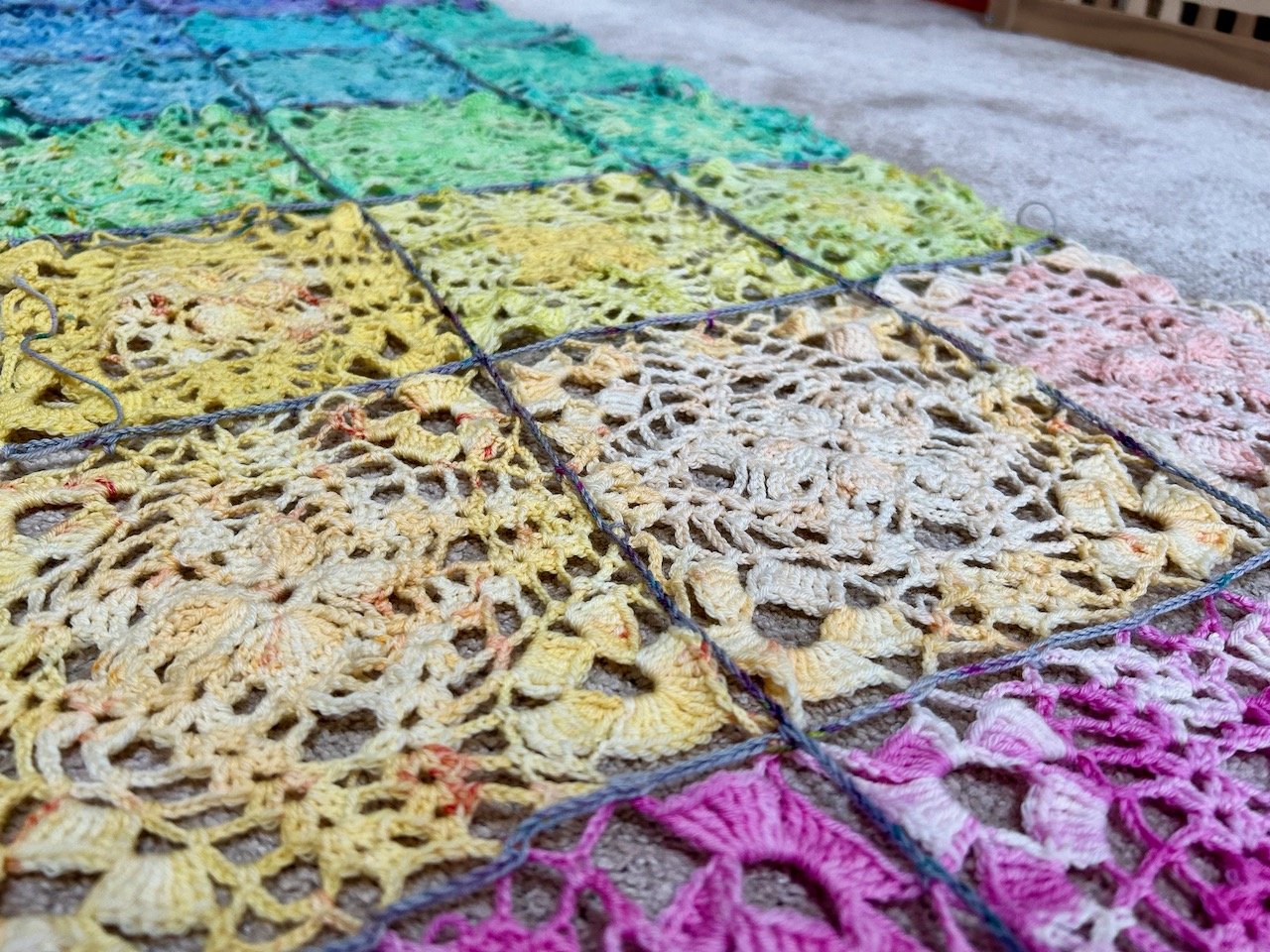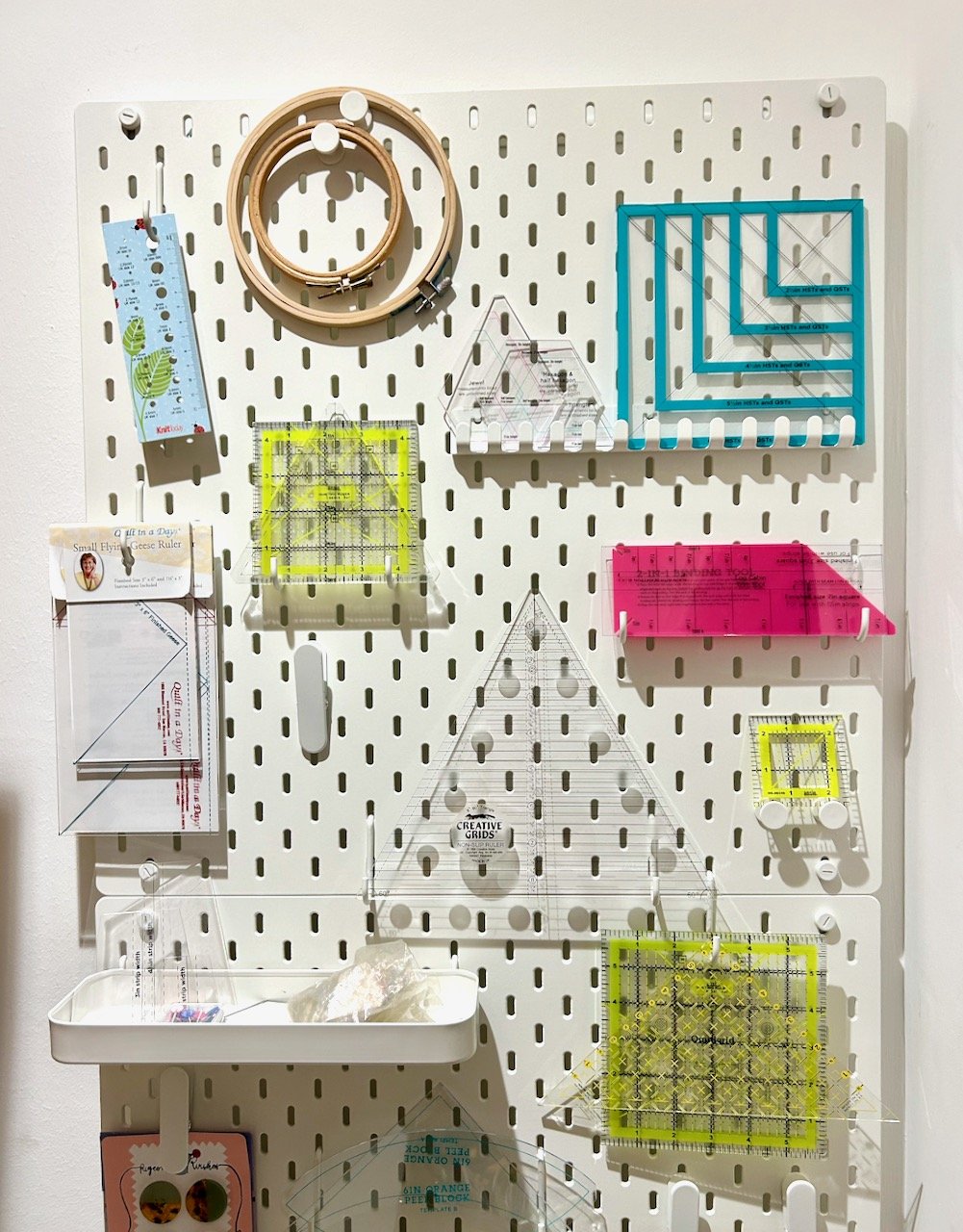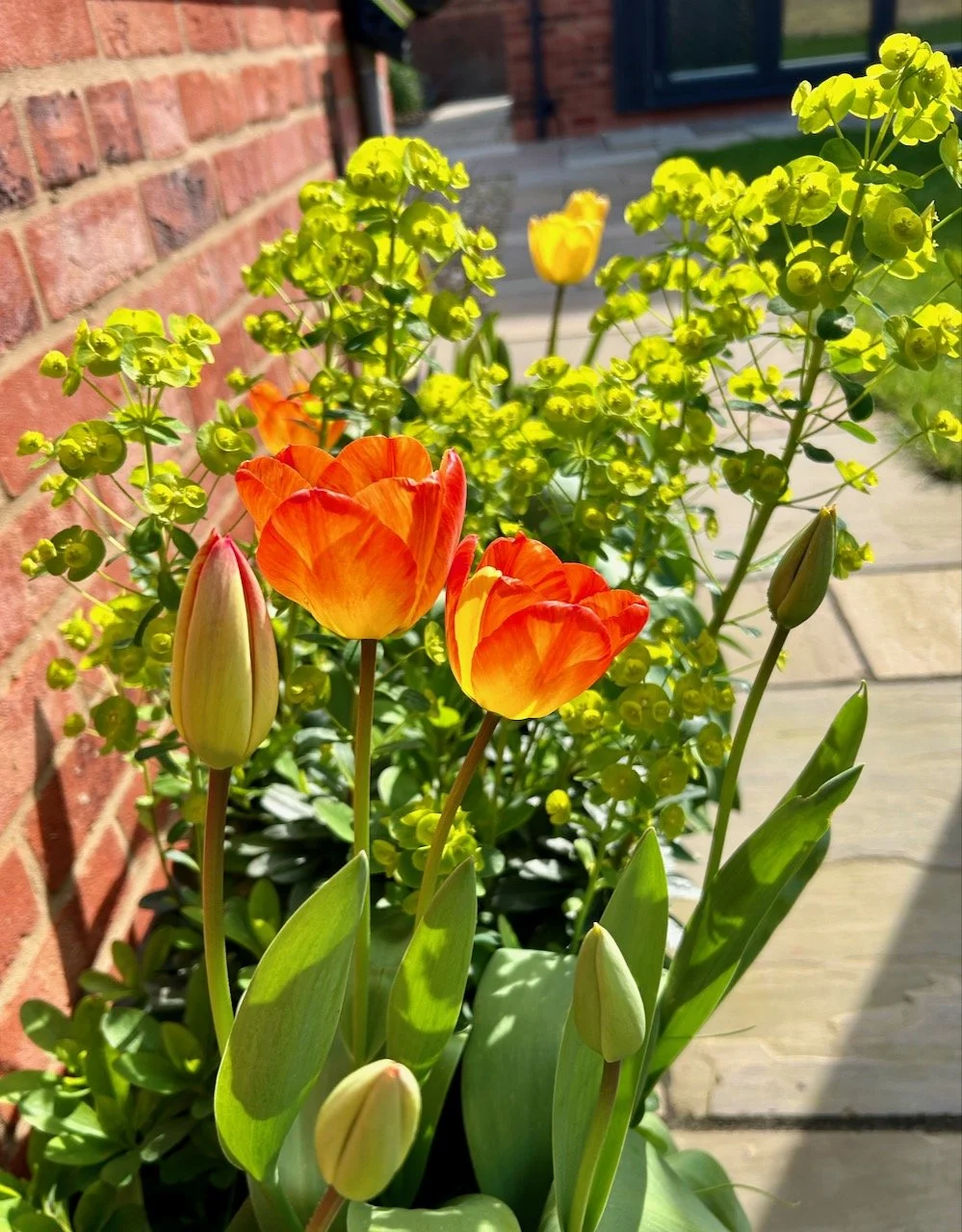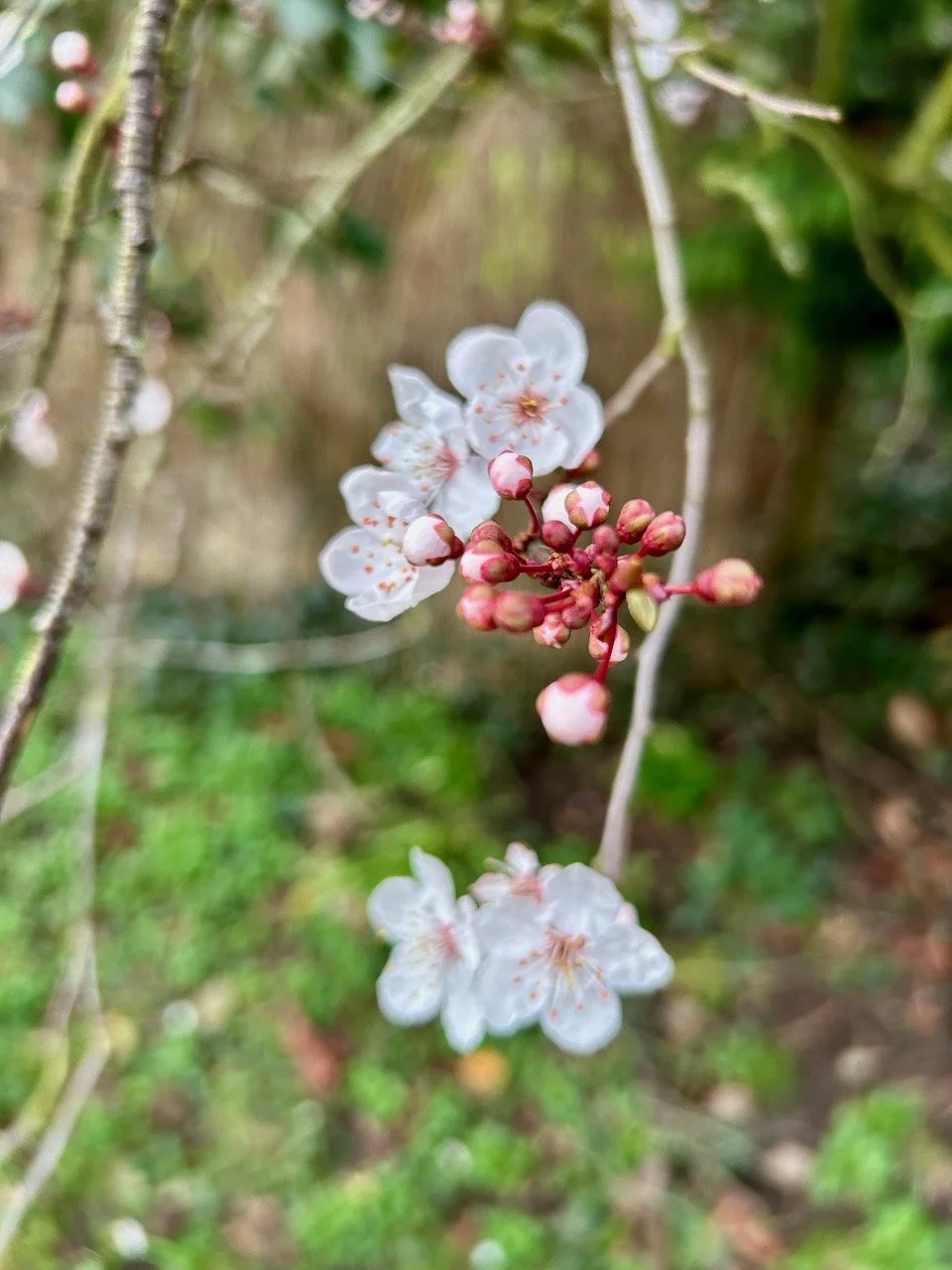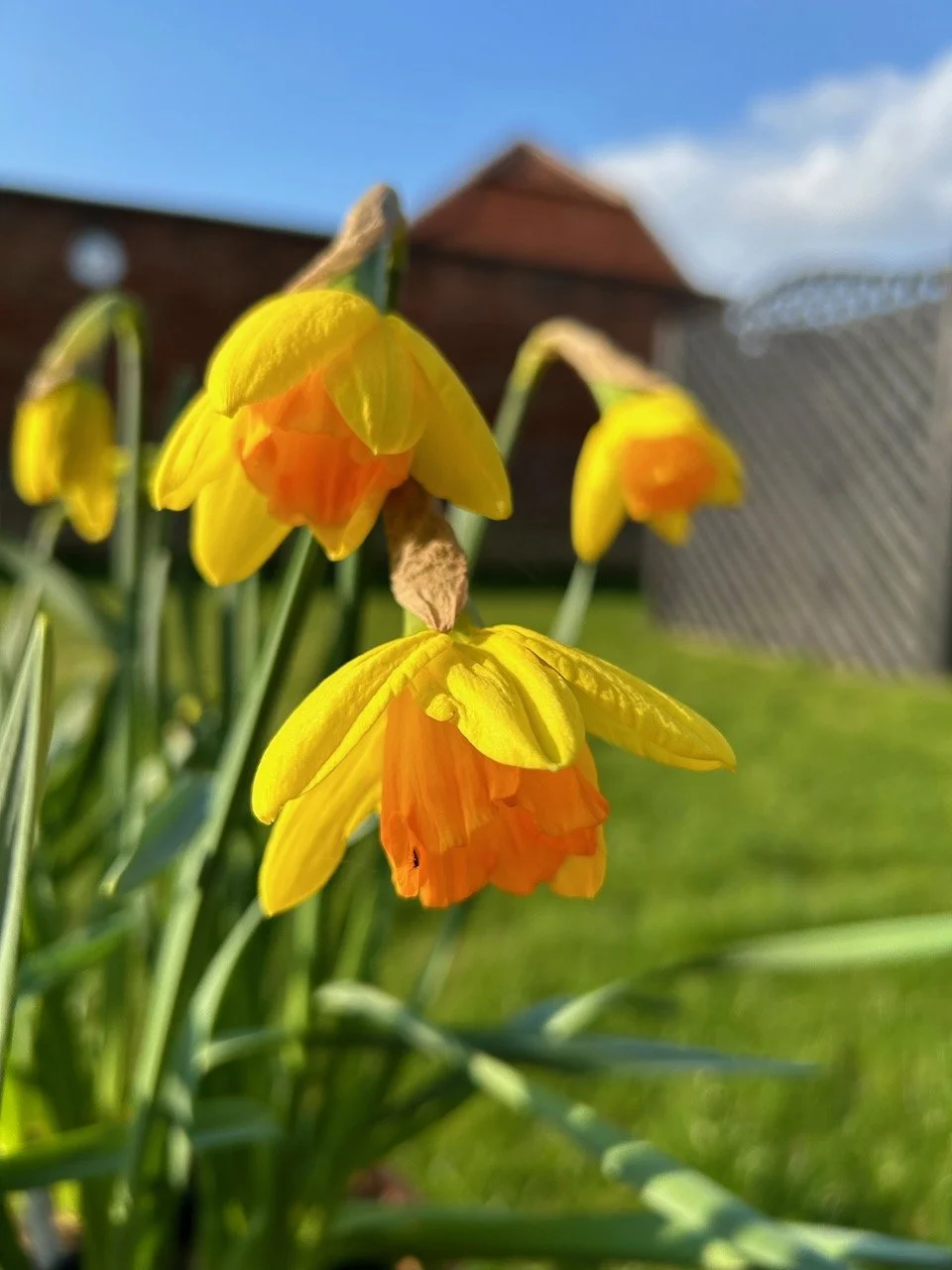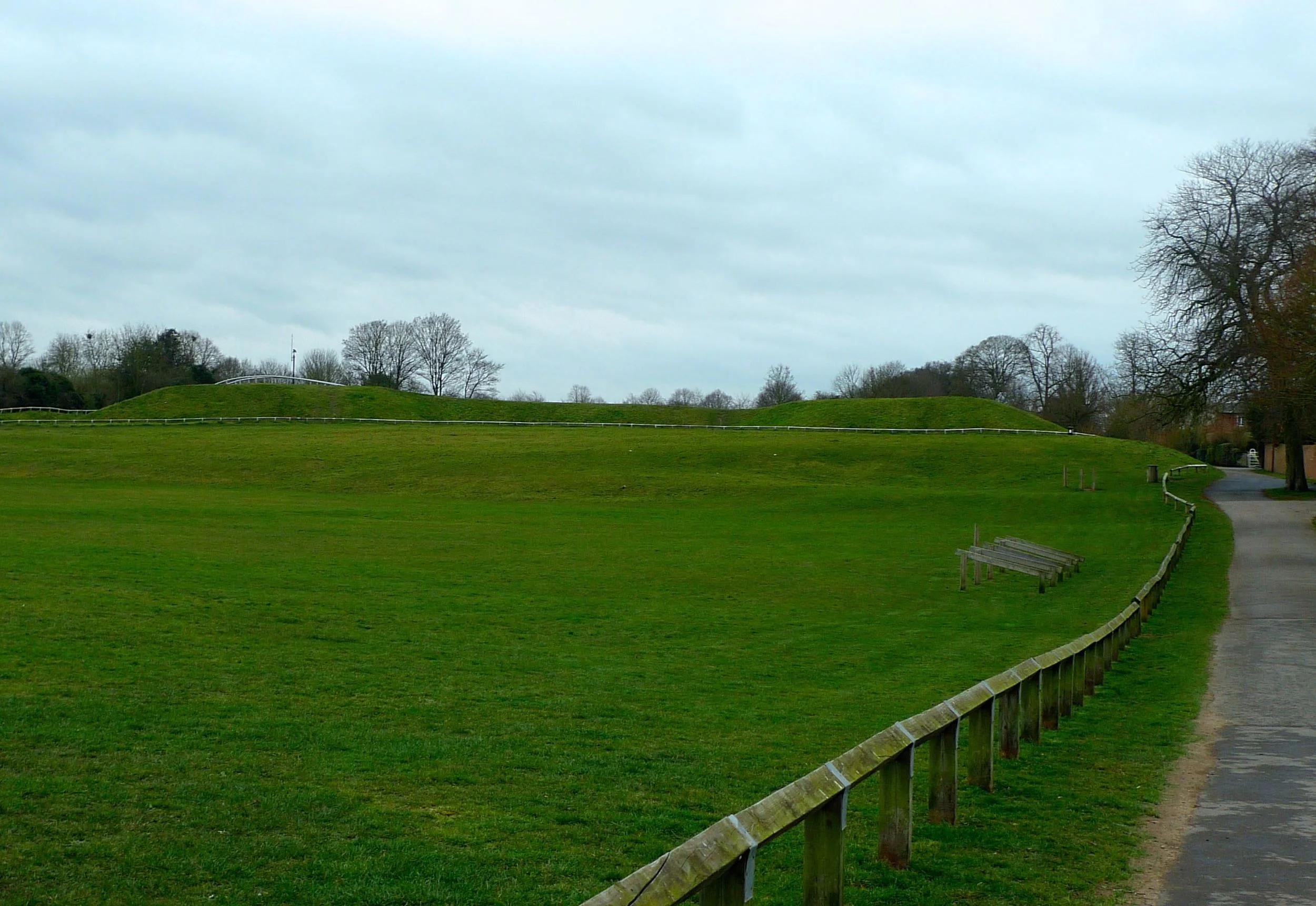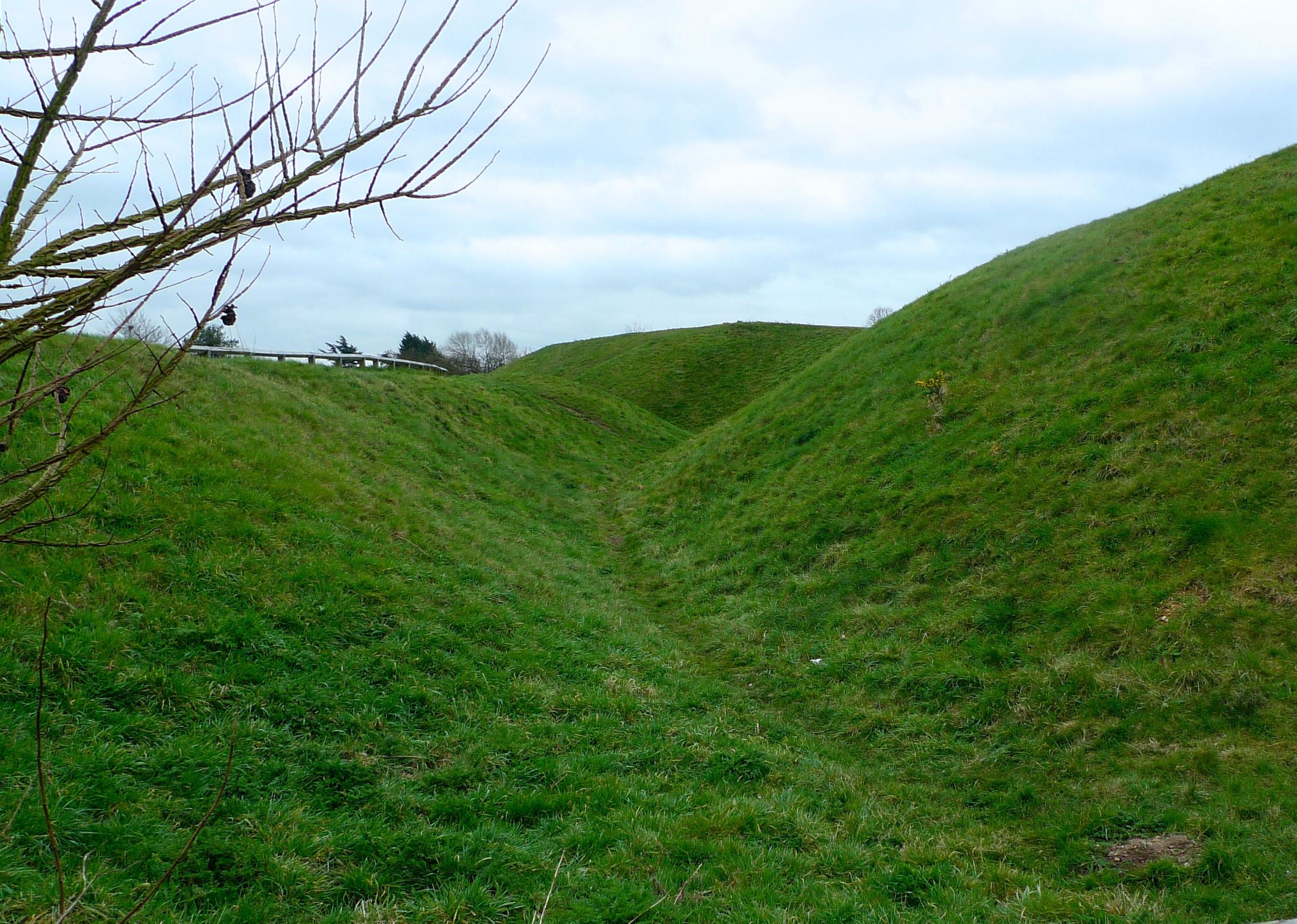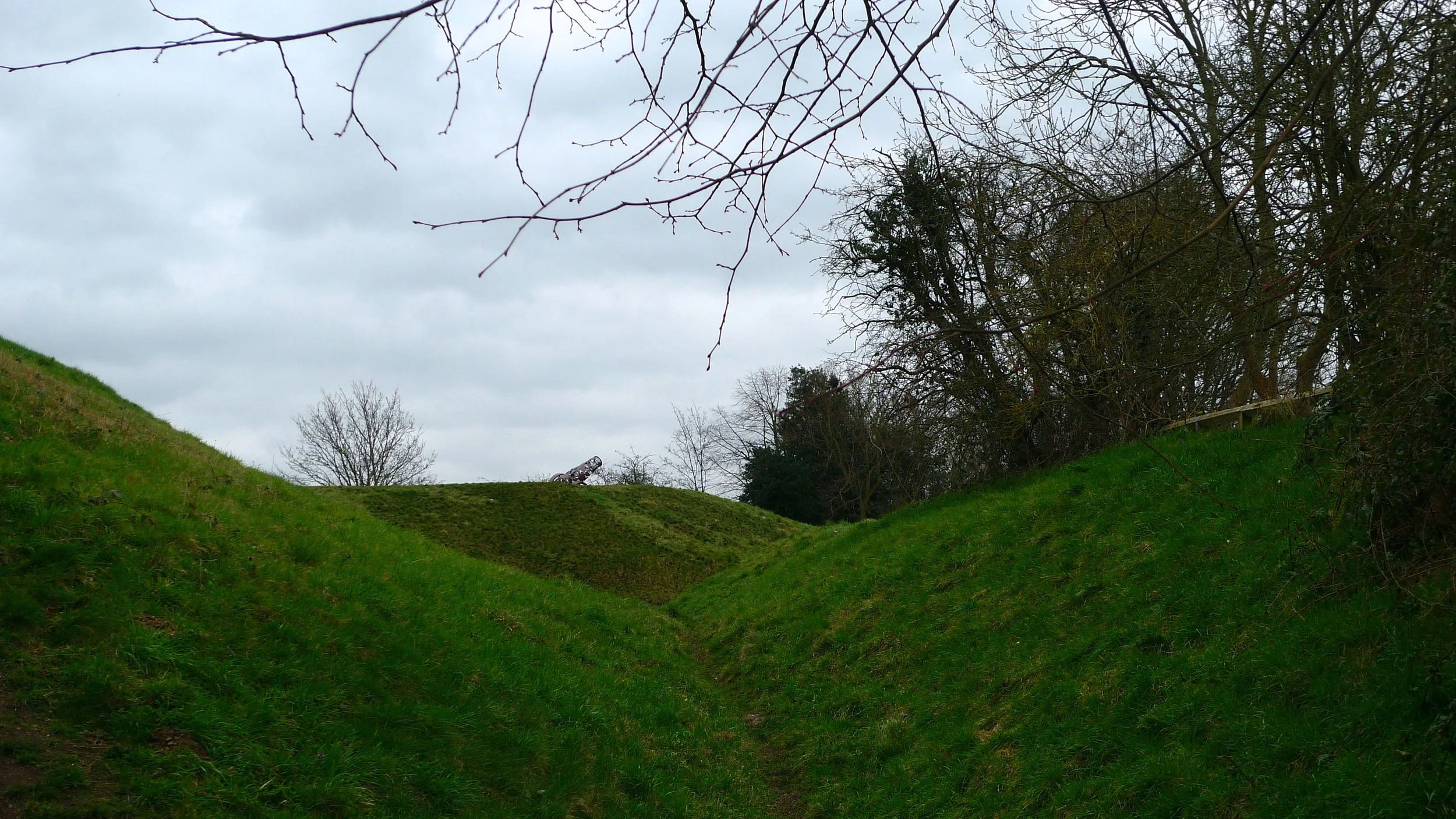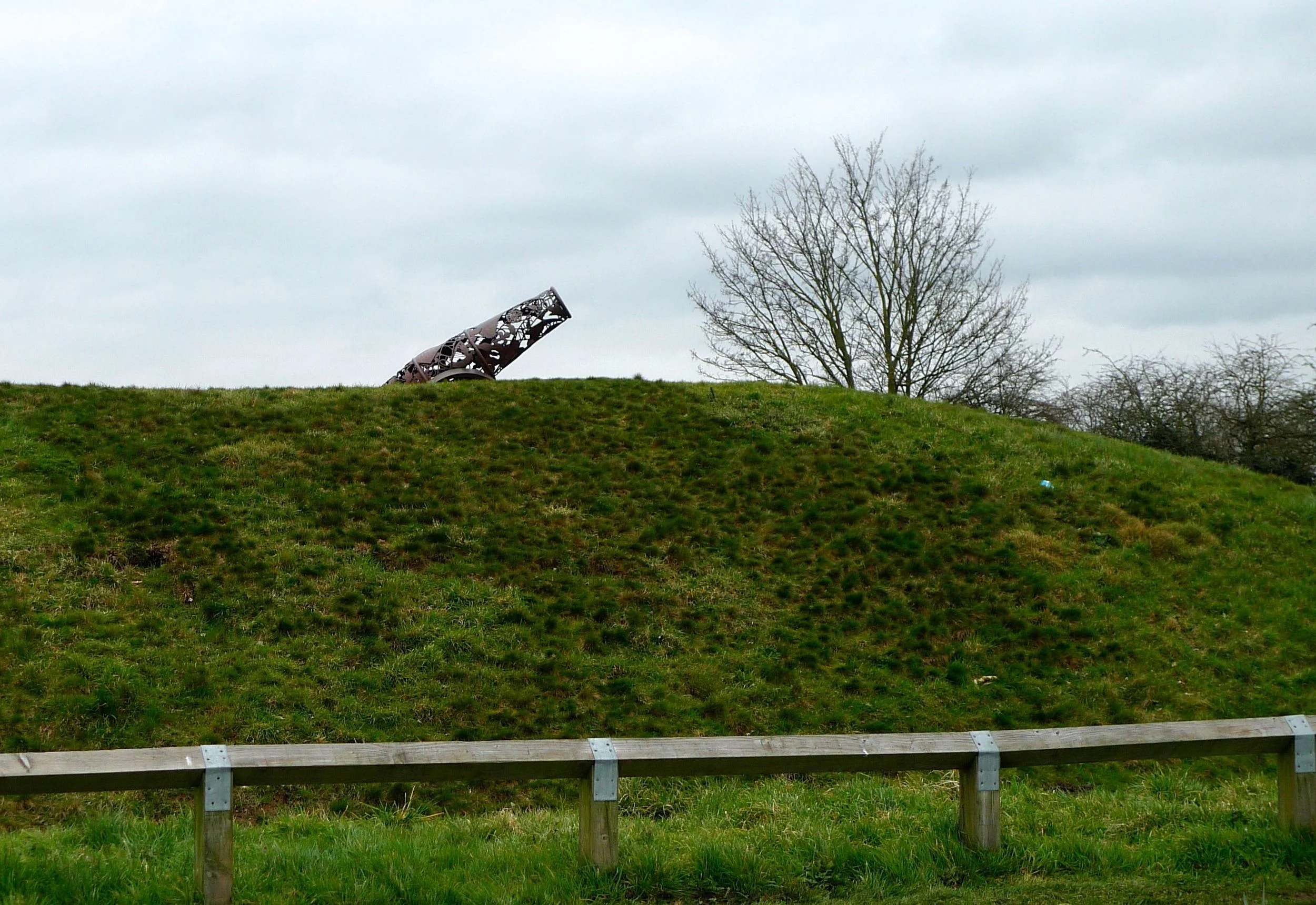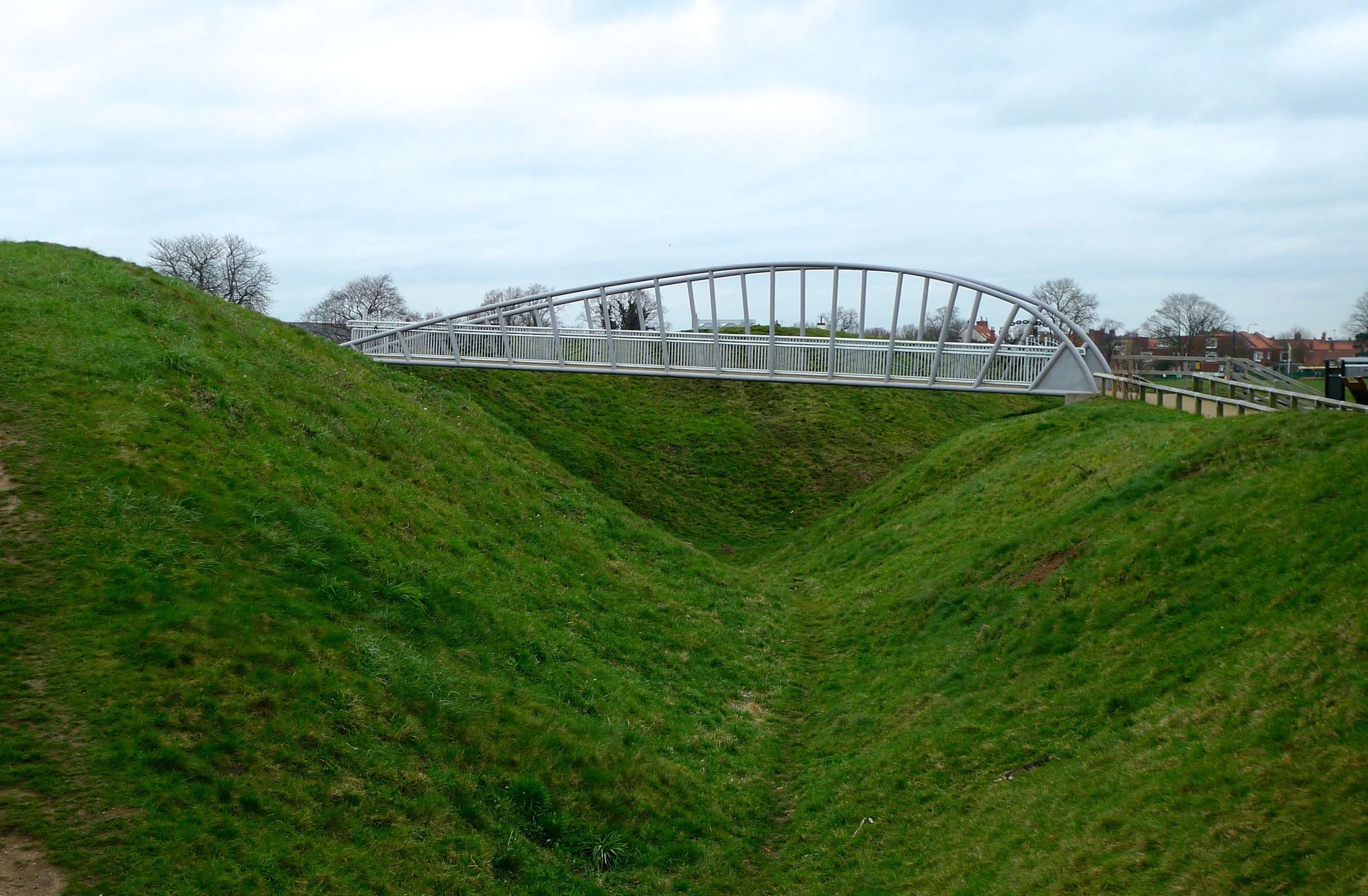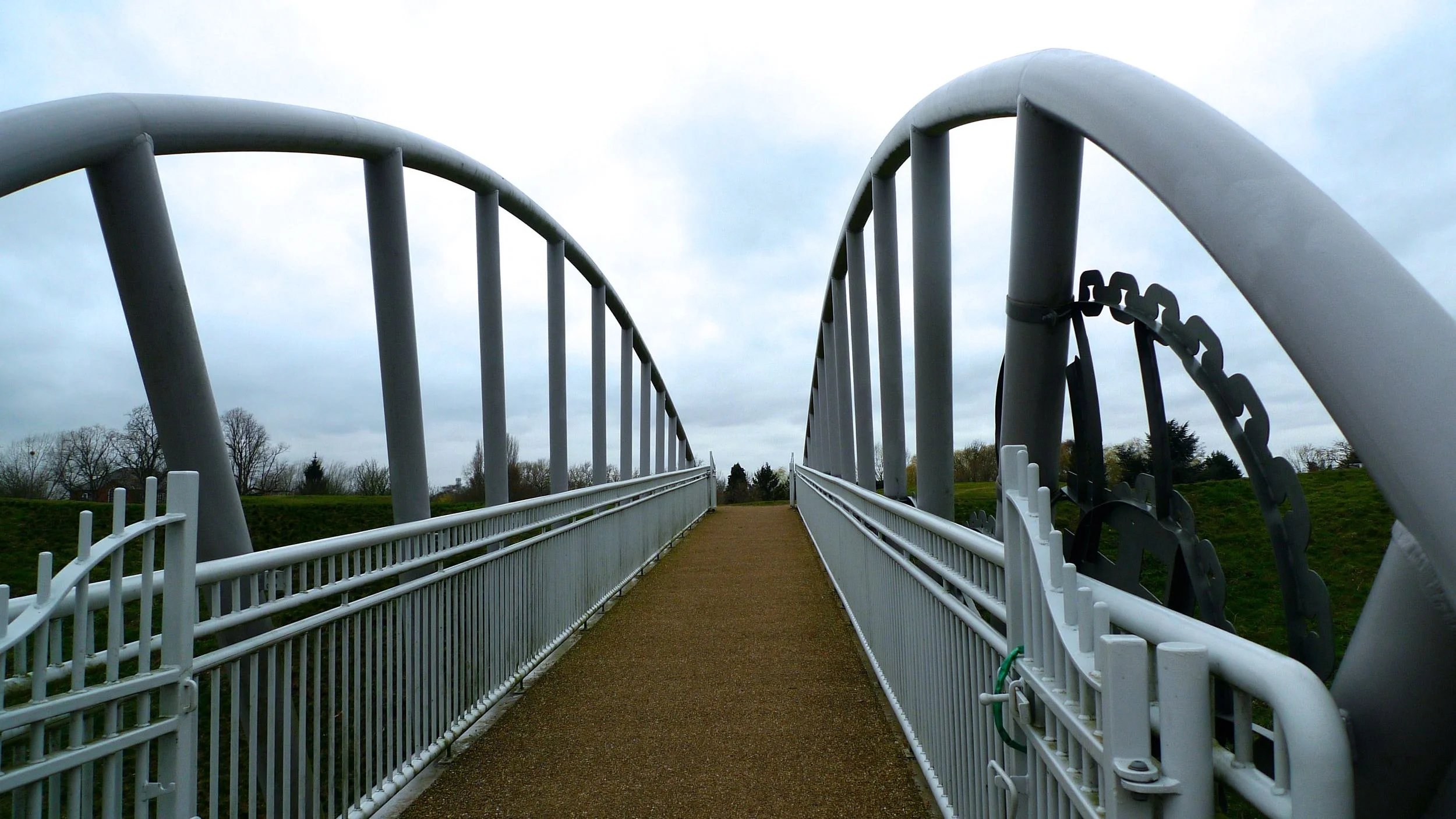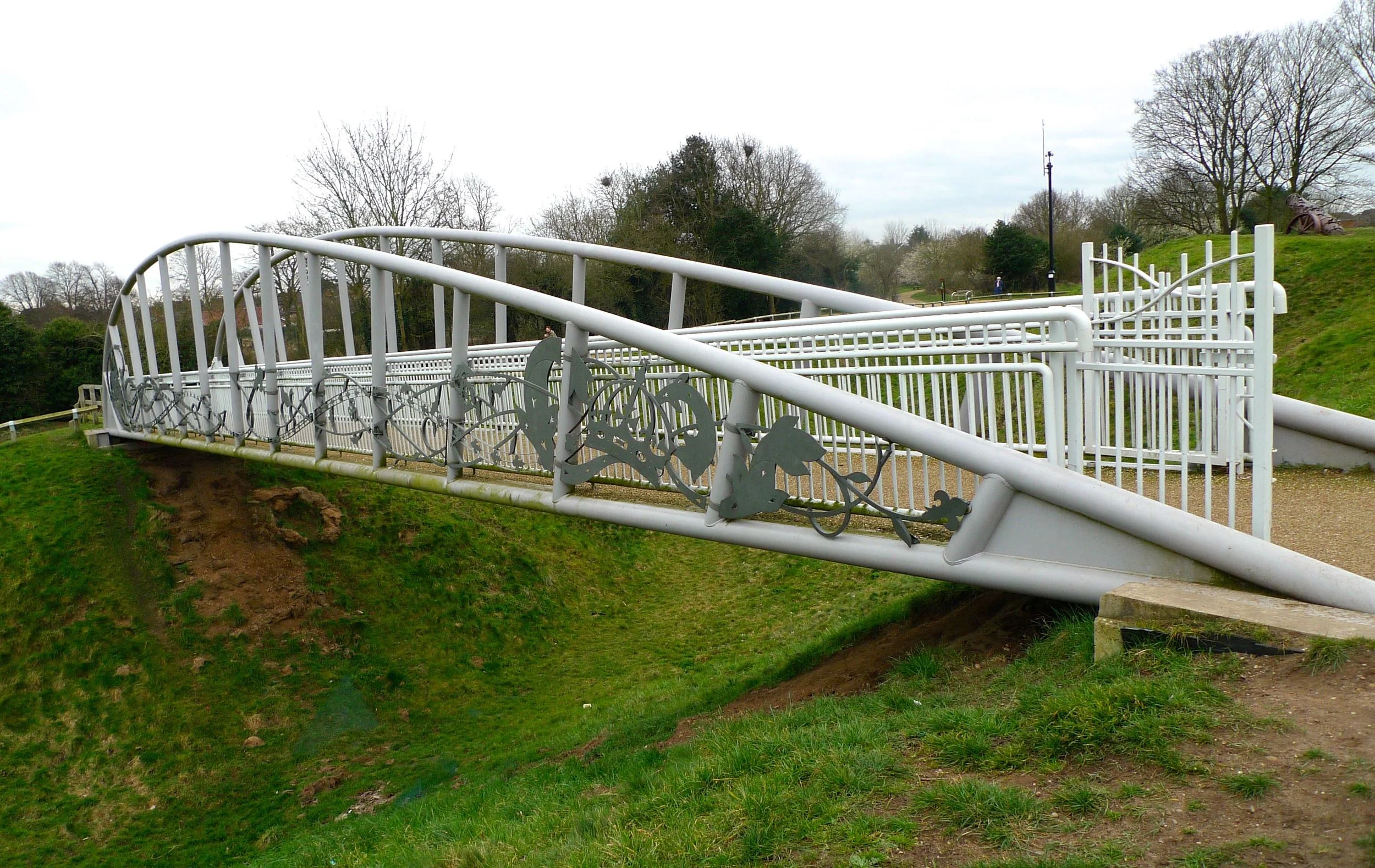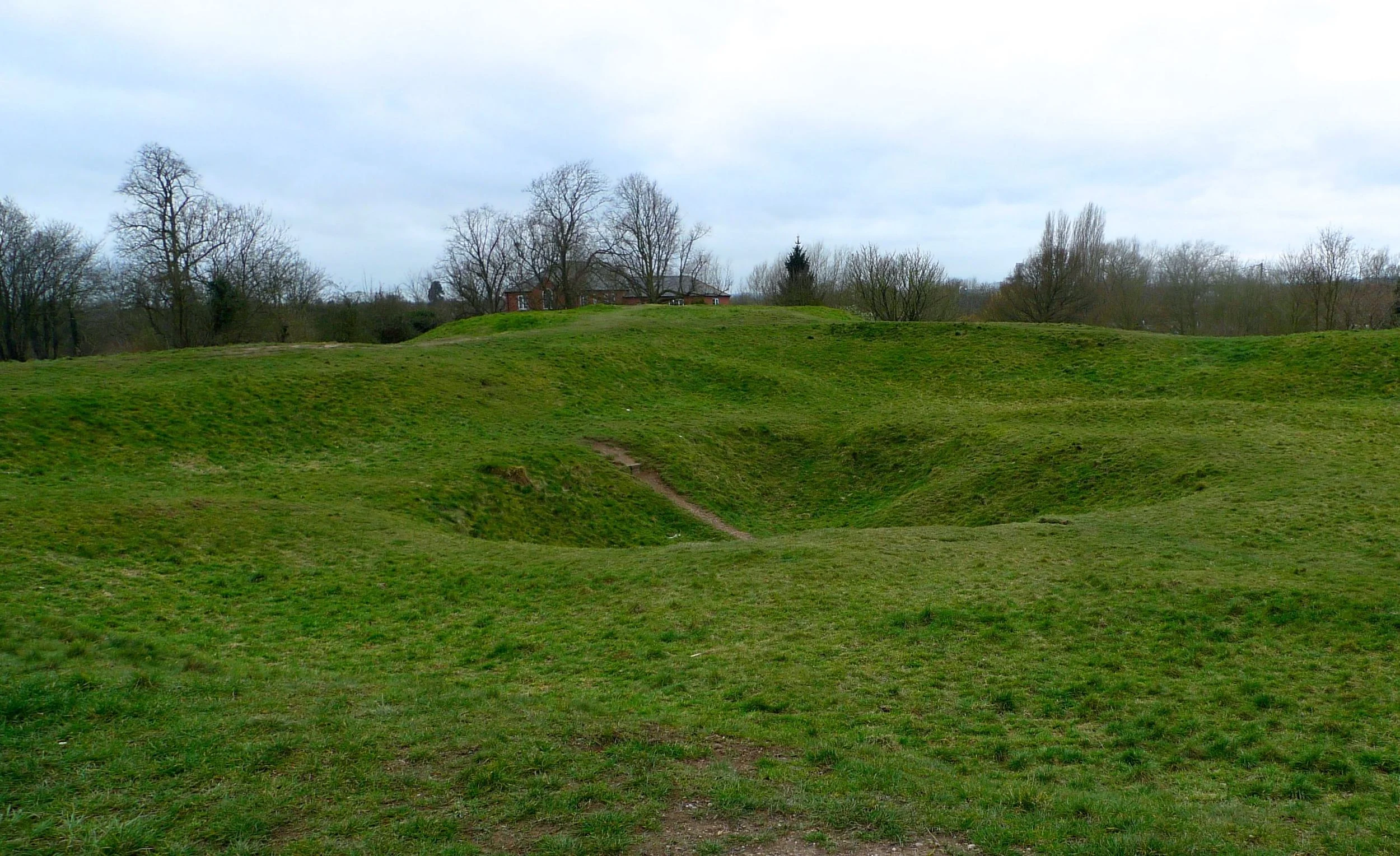On the third day of our three county cycle trip, after we'd left our bikes securely on the Market Square we used our feet to get around Newark. And we covered a fair bit of ground, trying to fit in as many of the town's sights as we could.
There was a park a little further away from most things with a peculiar name - Sconce and Devon Park - and the lady at the makeshift Tourist Information centre told us it was well worth a visit. So fancying a walk after elevenses and quite a hefty lunch we followed the signs, and walked the ten minutes to the park. I mean, Sconce and Devon what was that all about?
OUR FIRST VIEW OF THE PARK
Well it turns out the park is named for its two significant features. The Queen's Sconce and the River Devon - and I can't tell you how many times I've typed scone instead of sconce in this post!
The Queen's Sconce is as the information board says, "one of Europe's most well preserved earthwork fortifications." Newark is proud of its Civil War History because it controlled the gateway to the North.
The Sconce was built in 1644 and played a key part in the Royalists' defences during the Third Siege of Newark. It was named for King Charles I's wife Queen Henrietta. And it might sound obvious but it's in the shape of a sconce (sconce, not scone!) and meant they had a good vantage point from all sides.
SPRING WOODLAND PLANTS
It's believed that the plague is in part responsible for the collapse of Newark and responsible for why the sconce survived. It seems that Newark was deserted with the Parliamentarians sending the Royalist forces away and leaving themselves fairly soon after. They gave orders for the villagers to tear down the defences, but they were never carried out which is why the Sconce has survived.
FRETWORK CANNON
Today the sconce is enhanced by some fabulous ironwork. The bridge over to the centre of the sconce, as well as the fretwork cannon. And well you know how much I like ironwork!
There would have been around 150 troops here during the siege and they would have had their quarters close to the ammunition store in the hollow at the centre of the sconce.
AN AMMUNITION STORE?
So quite an historical afternoon, and a fascinating one too where I learnt more than I thought I would about the Civil War.

